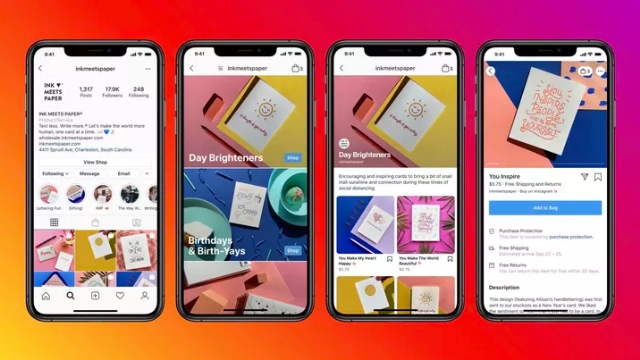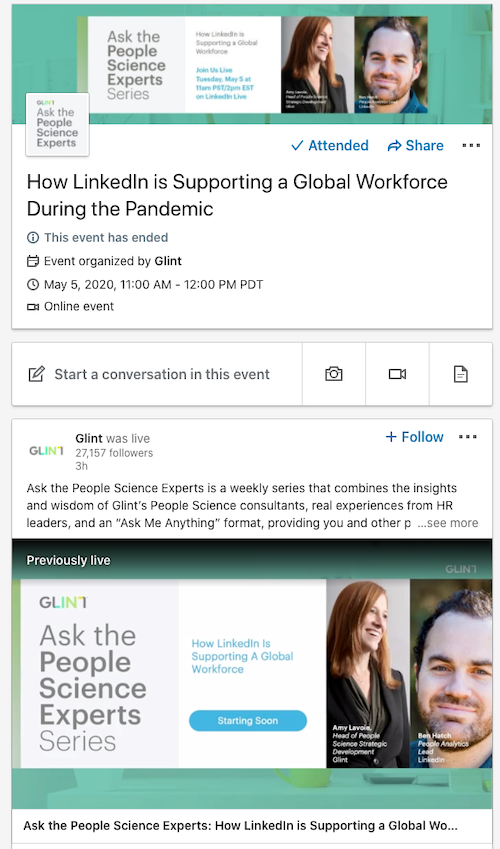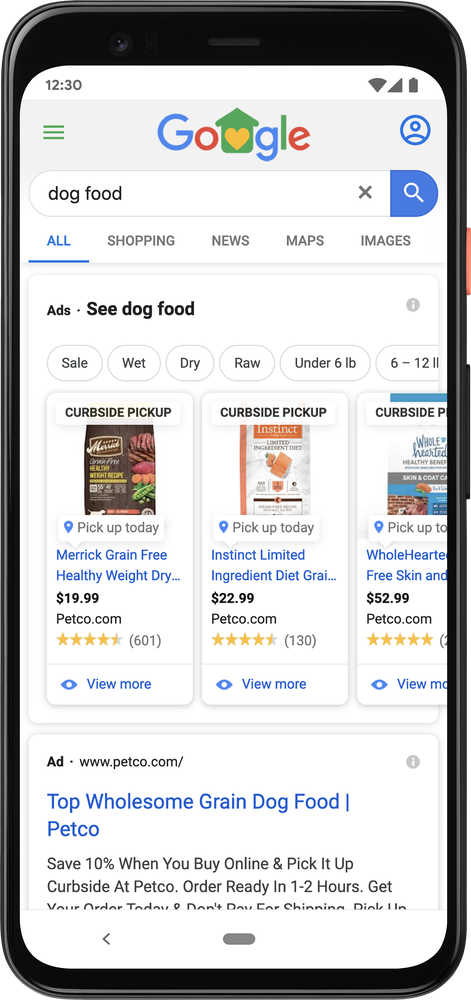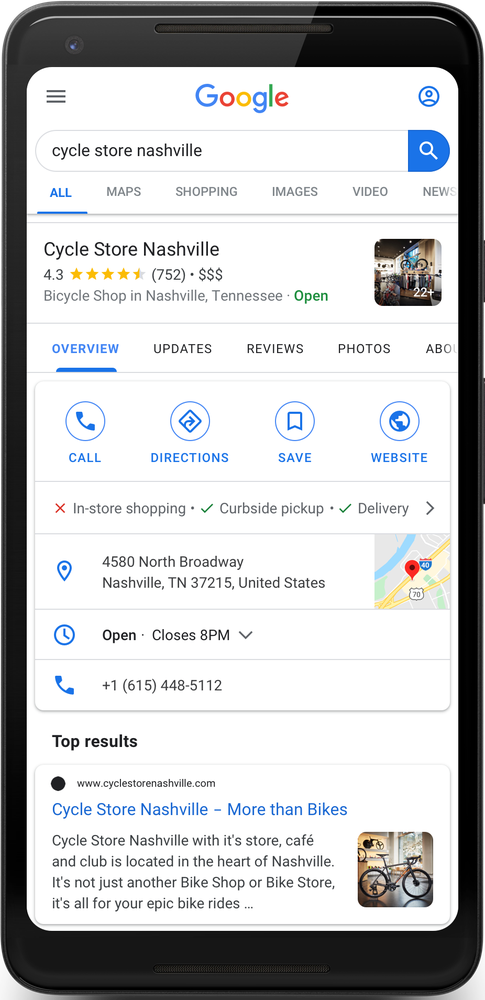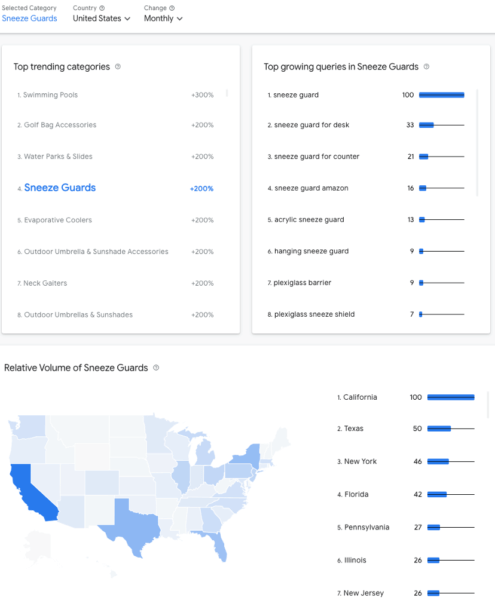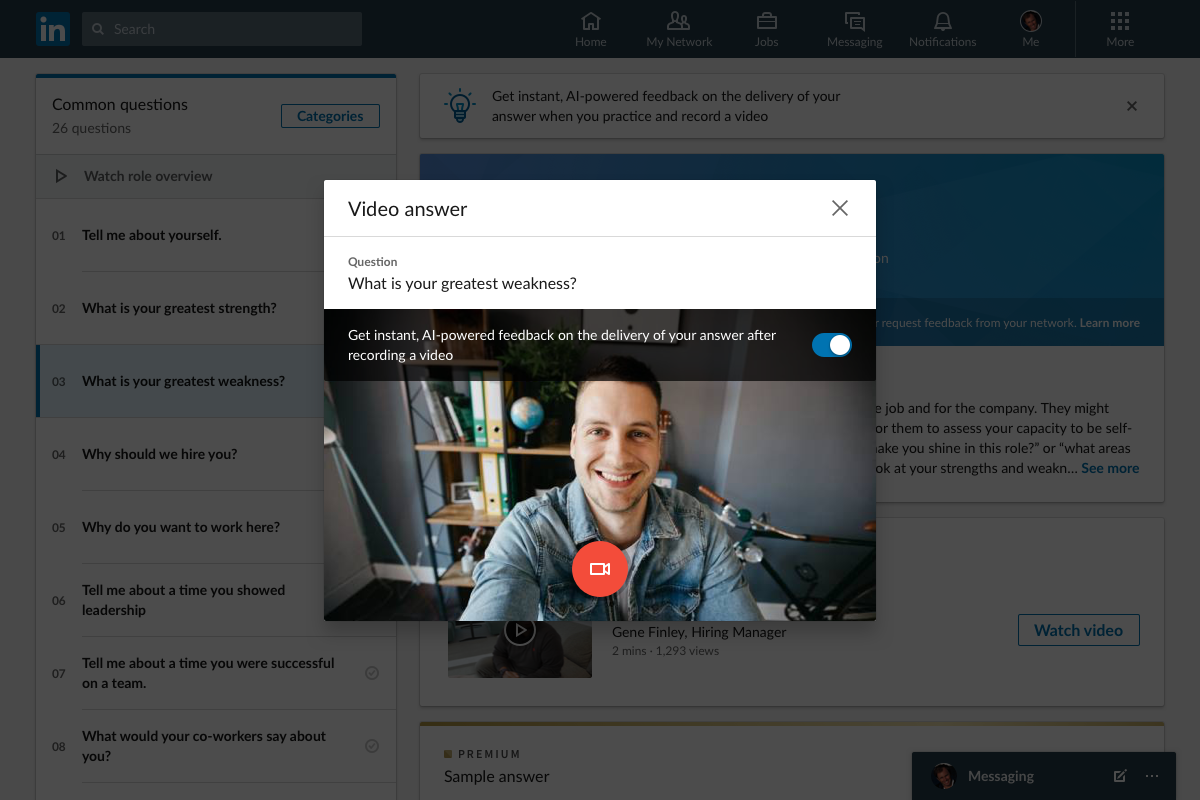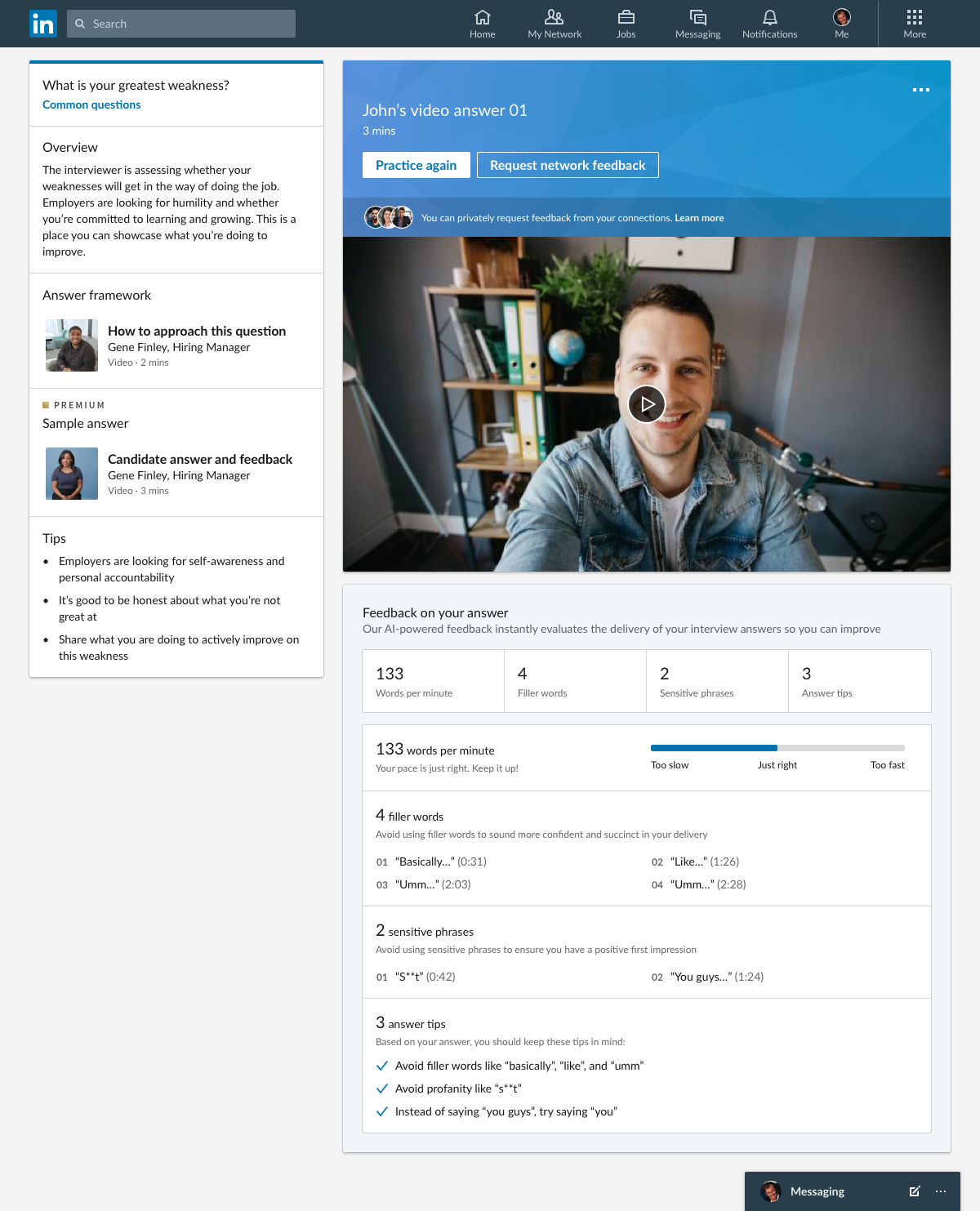Google will soon be updating their search ranking algorithm with a new ranking signal. This new signal will combine a number of existing signals with a recently introduced metric known as Core Web Vitals.
The search engine says the goal of the new update is to better rank pages based on the quality of users’ experiences with the site.
In addition to the new ranking signal, the company announced a few other changes it will be making to its systems in the coming future:
- Incorporating page experience metrics into rankings for Top Stories in Search on mobile
- Removing the AMP requirement for content to be shown in Top Stories
The “New” Ranking Signal
While the new signal is being called the Page Experience Signal, it actually combines a few existing search ranking signals with the recently introduced Core Web Vitals details. The metrics being brought under the umbrella of Core Web Vitals include:
- Mobile-friendliness
- Safe-browsing
- HTTPS-security certification
- Following intrusive interstitial guidelines
As the company said in its announcement:
“The page experience signal measures aspects of how users perceive the experience of interacting with a web page. Optimizing for these factors makes the web more delightful for users across all web browsers and surfaces, and helps sites evolve towards user expectations on mobile.”
How To Monitor Your Core Web Vitals
To help prepare webmasters for the coming update, Google has also created a new report section within Search Console. The goal is for the new report to replace the need for a suite of tools aimed at specific issues such as page speed and mobile-friendliness.
The tool can also filter data based on those which are “Poor,” “Needs Improvement,” or “Good.”
When Will The Update Happen
While the update doesn’t really change all that much regarding how webmasters and SEO specialists should approach managing sites, the company sees it as important enough to give a significant notice ahead of the release.
In fact, Google says these changes to the algorithm will not be happening before 2021. Additionally, the search engine will provide another notice 6 months before it is rolled out.


